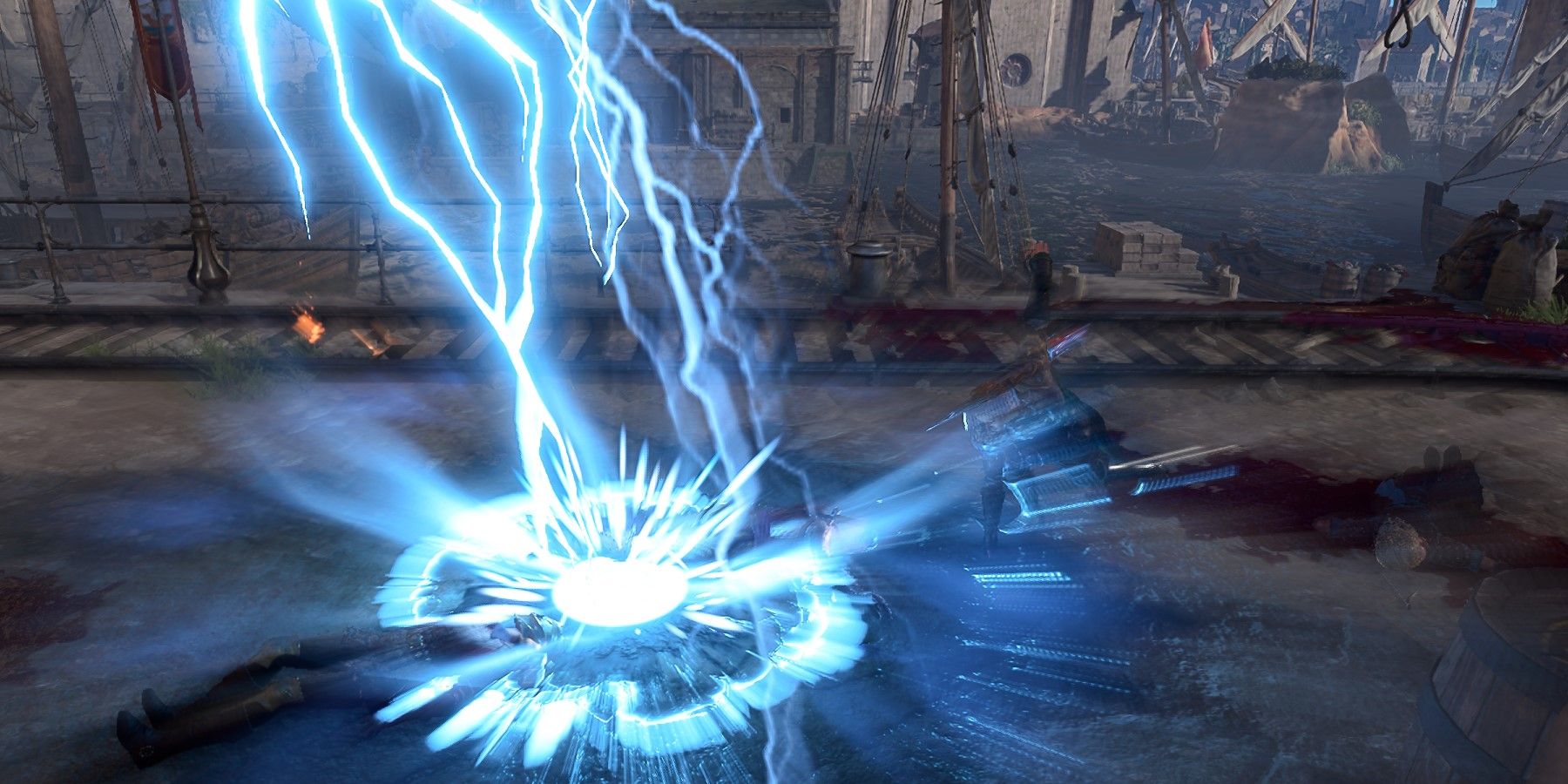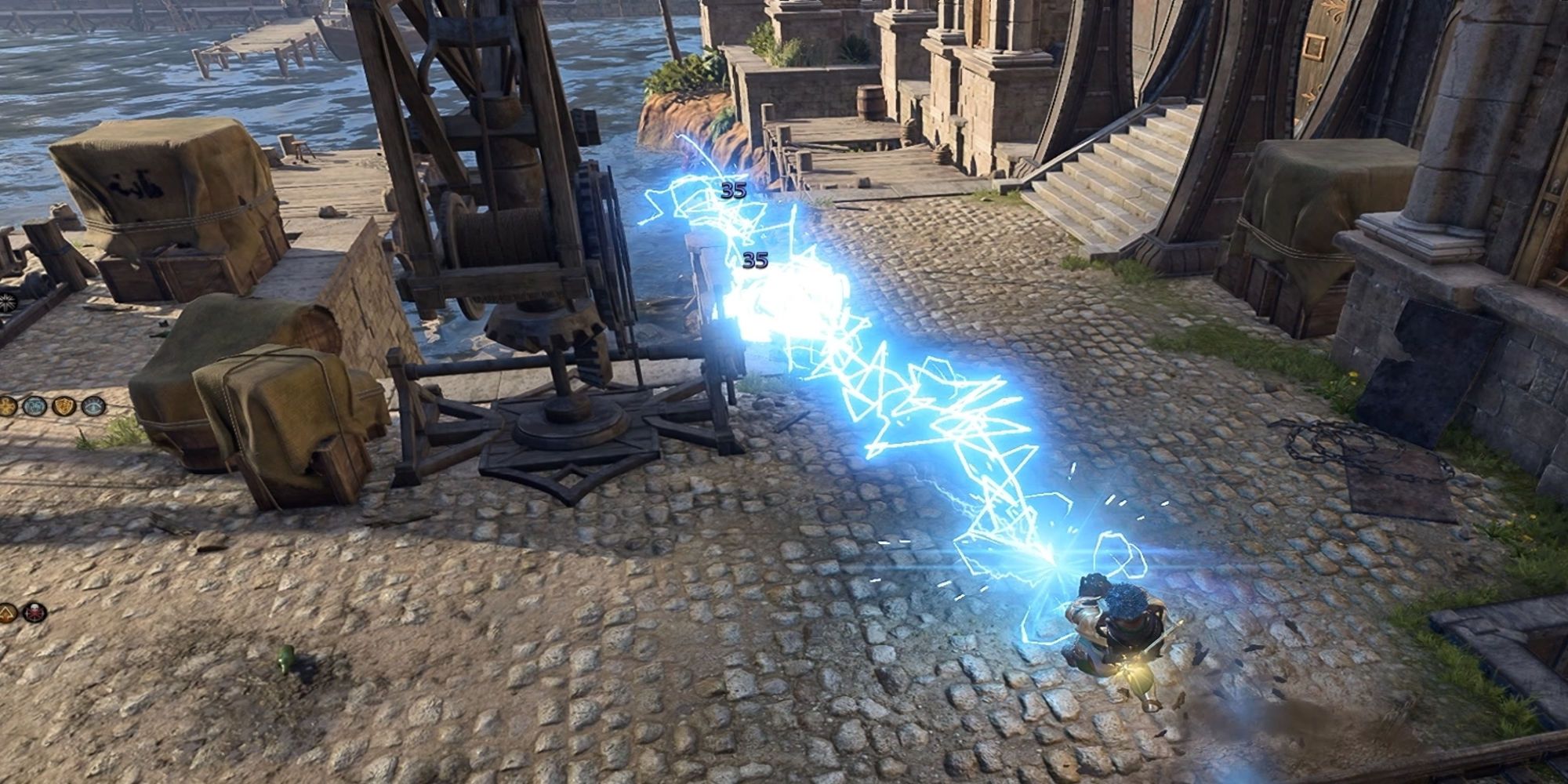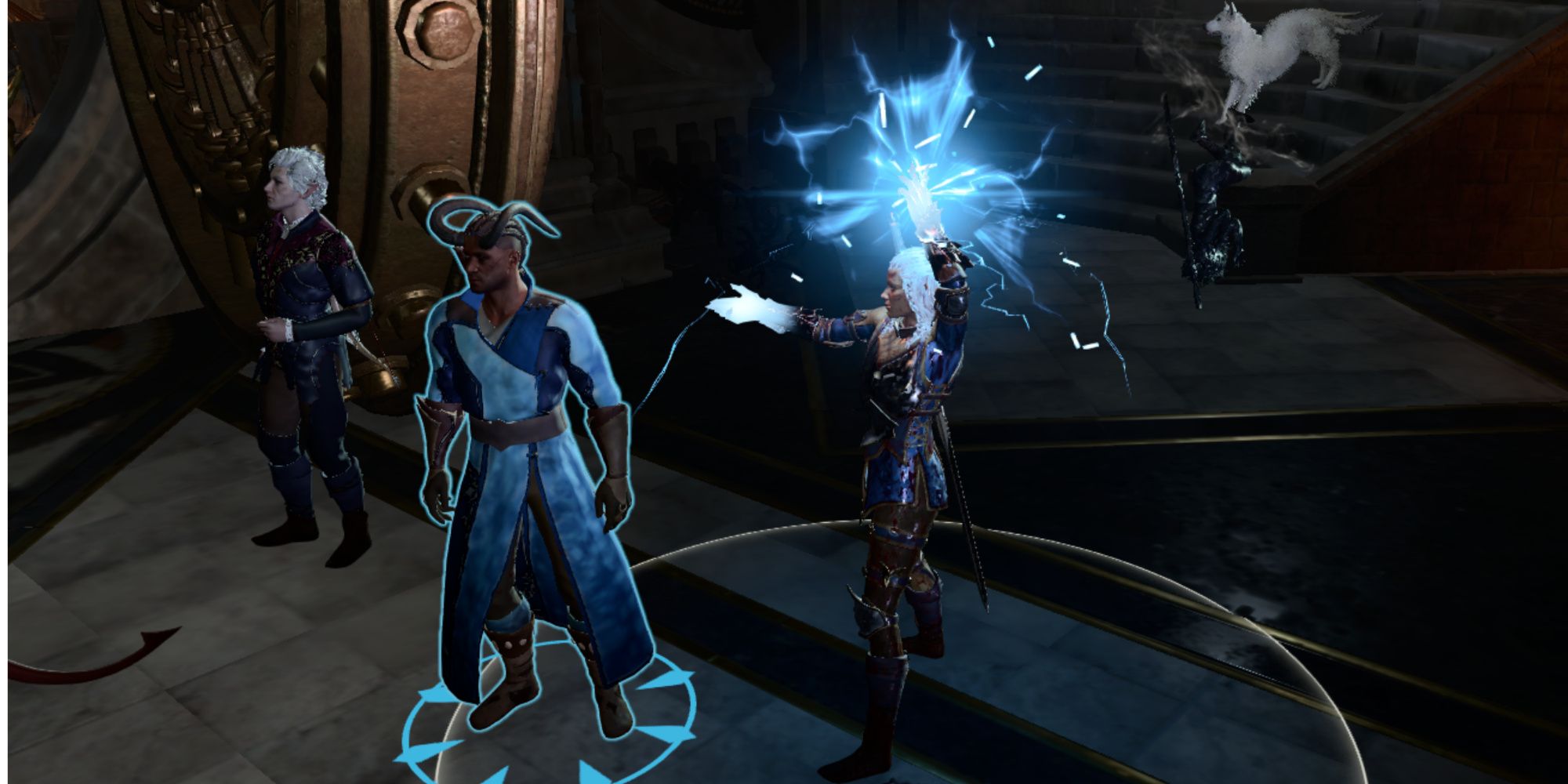The Cleric class in Baldur's Gate 3 gets a lot of powerful features in its first few levels, making it a common pick for other classes to multiclass into. What's less common is for Clerics to take levels in other classes. However, there are a few builds that can really enhance the Cleric's abilities by combining with another Baldur's Gate 3 class.
One of the best of these builds is the Stormcaller, which combines the Tempest Cleric and the Evocation Wizard to deal massive damage while still having access to almost the entire Cleric spell list. The Stormcaller relies on three interesting rules to work:
- A character multi-classed into two full spellcaster classes will always have the same number of spell slots as a pure full spellcaster would.
- A character with even a single level of Wizard can scribe Wizard scrolls of any level in which they have spell slots.
- There are many powerful Cleric spells that don't require the character to have high (or any) Wisdom.
By combining these features, players can build a Tempest Cleric with high Intelligence, allowing them to combine the powerful Destructive Wrath feature with the Evocation Wizard spells that most benefit from it, including Lightning Bolt and Chain Lightning. Here's how to do it.

All Baldur's Gate 3 Fighter Subclasses, Ranked
Baldur's Gate 3's Fighter Class is a Weapons and Armor Master by default, with each subclass offering additional capabilities and utility.
The Stormcaller Levels 1-12
Players who want to build a Stormcaller Cleric in Baldur's Gate 3 can start with any race of their choosing, but should pick Cleric as their starting class. This will give them immediate access to the Cleric's armor proficiencies. They should also prioritize Intelligence to land their devastating Evocation spells, as well as a Constitution score of around 14.
Next, players must decide whether they're going to have high Wisdom or not. By keeping a mediocre Wisdom, players can get a decent Strength or Dexterity Score, which will allow them to take full advantage of the Tempest Cleric's Divine Strike feature. However, this will also limit them to support-orientated Cleric spells like Bless and Sanctuary, cutting out a good portion of the Cleric's spell list. It will also limit the amount of spells they can have prepared at once.
Alternatively, players can raise their Wisdom equal to their Intelligence, allowing them to use the full Cleric spell list. The downside of this is they'll be forced to rely on Cantrips instead of weapons when not using spells. Fortunately though, with the Tempest Cleric's access to Heavy Armor, they can still have good AC despite their low Dexterity.
Breakdown by Level
- Level 1 - Cleric
- Subclass - Tempest Domain
- Subclass Feature - Wrath of the Storm
- Domain Spells
- Subclass Feature - Heavy Armor Proficiency
- Level 2 - Wizard
- Arcane Recovery
- Level 3 - Wizard
- Subclass - Evocation School
- Subclass Feature - Sculpt Spells
- Level 4 - Cleric
- Channel Divinity
- Turn Undead
- Subclass Feature - Destructive Wrath
- Level 5 - Cleric
- Domain Spells
- Level 6 - Cleric
- Feat - Alert or +2 Intelligence
- Level 7 - Cleric
- Domain Spells
- Destroy Undead
- Level 8 - Cleric
- Extra Channel Divinity Charge
- Subclass Feature - Thunderbolt Strike
- Level 9 - Cleric
- Domain Spells
- Level 10 - Cleric
- Feat - +2 Intelligence, Alert, or Elemental Adept: Lightning
- Subclass Feature - Divine Strike: Thunder
- Level 11 - Cleric
- Domain Spells
- Level 12 - Cleric
- Divine Intervention
Because Clerics don't get much from level 10 besides the Divine Intervention feature, players who would like a little more maneuverability should consider taking a single level of Storm Sorcerer after their Wizard levels in order to get the handy Tempestuous Magic feature.
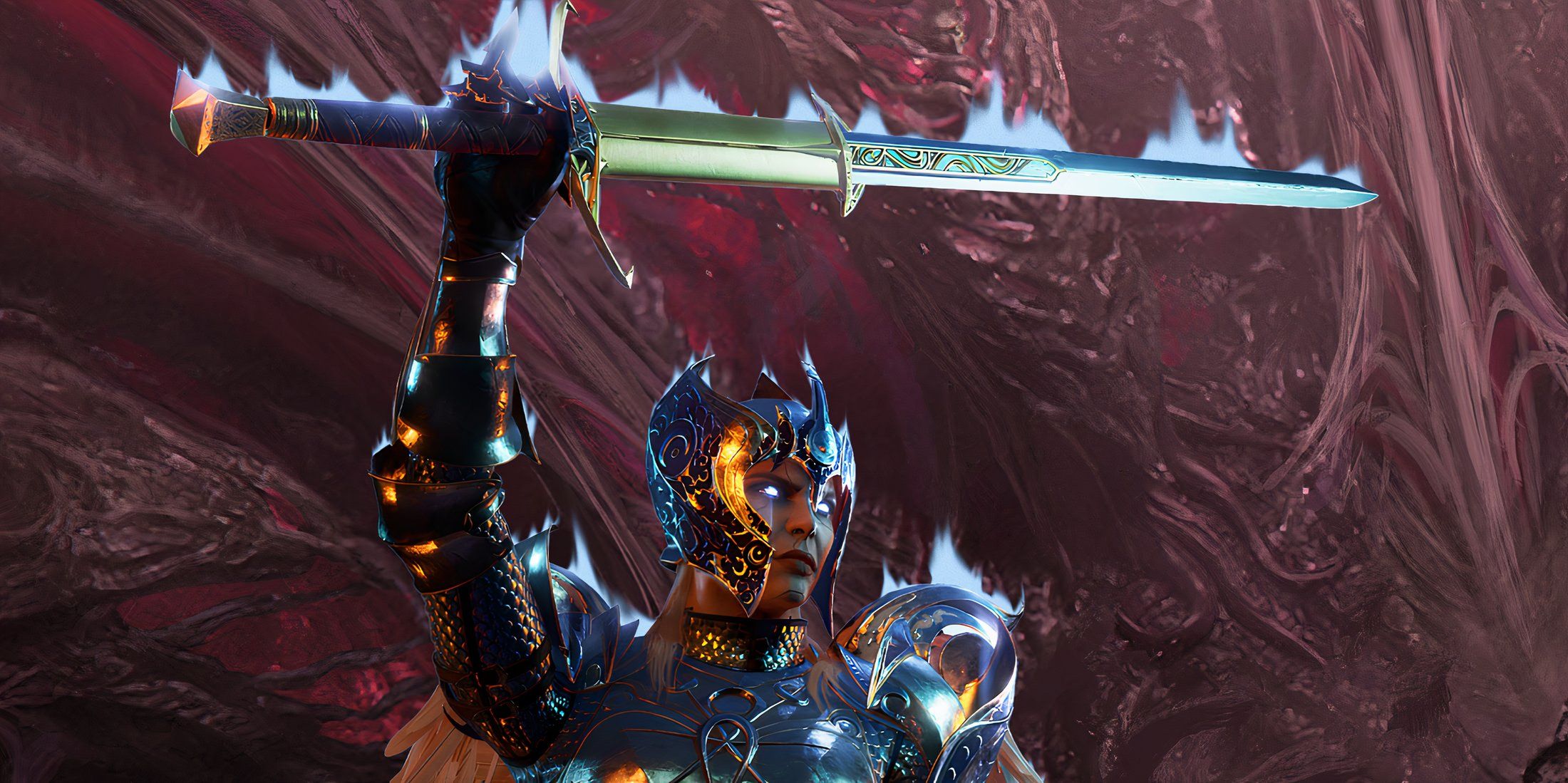
Baldur's Gate 3: Every Paladin Subclass, Ranked
The Divine Might of the Paladin can be a great addition to any Baldur's Gate 3 Party, with each subclass offering a different Oath and set of powers.
The Stormcaller Recommended Spells
The Stormcaller build is all about making the best of the Wizard's lightning and thunder Evocation spells; maximizing their damage with Destructive Wrath, avoiding allies with Sculpt Spell, and pushing enemies back with Thunderbolt Strike. In order to do that, players will first need to find and scribe these all-important spells into their spellbooks. Here are some of the most essential Wizard spells that the Stormcaller should look for:
- Create or Destroy Water (Level 1) can easily inflict the Wet Condition over a wide area, making all enemies take double damage from Lightning spells.
- Chromatic Orb (Level 1) is the first reliable spell for Lightning and Thunder damage in the Wizard spell list.
- Lightning Bolt (Level 3) is the most reliable spell for Destructive Wrath in the entire game. it is capable of putting out 48 damage across a wide area, or 96 with the Wet condition.
- Cone of Cold (Level 5): Although not a Lightning or Thunder spell, Cone of Cold also pairs well with the Wet condition from Create Water.
- Chain Lightning (Level 6) is the highest-level Lightning spell in Baldur's Gate 3. Chain Lightning can deal up to 160 damage against a Wet target with Destructive Wrath.
Although these spell scrolls can be difficult to find and expensive to scribe, their synergy with the Tempest Cleric features makes the Stormcaller build one of the best damage-orientated spellcasters in Baldur's Gate 3.

Baldur's Gate 3
- Franchise
- Baldur's Gate
- Platform(s)
- PC , macOS , PS5 , Xbox Series X
- Released
- August 3, 2023
- Developer(s)
- Larian Studios
- Publisher(s)
- Larian Studios
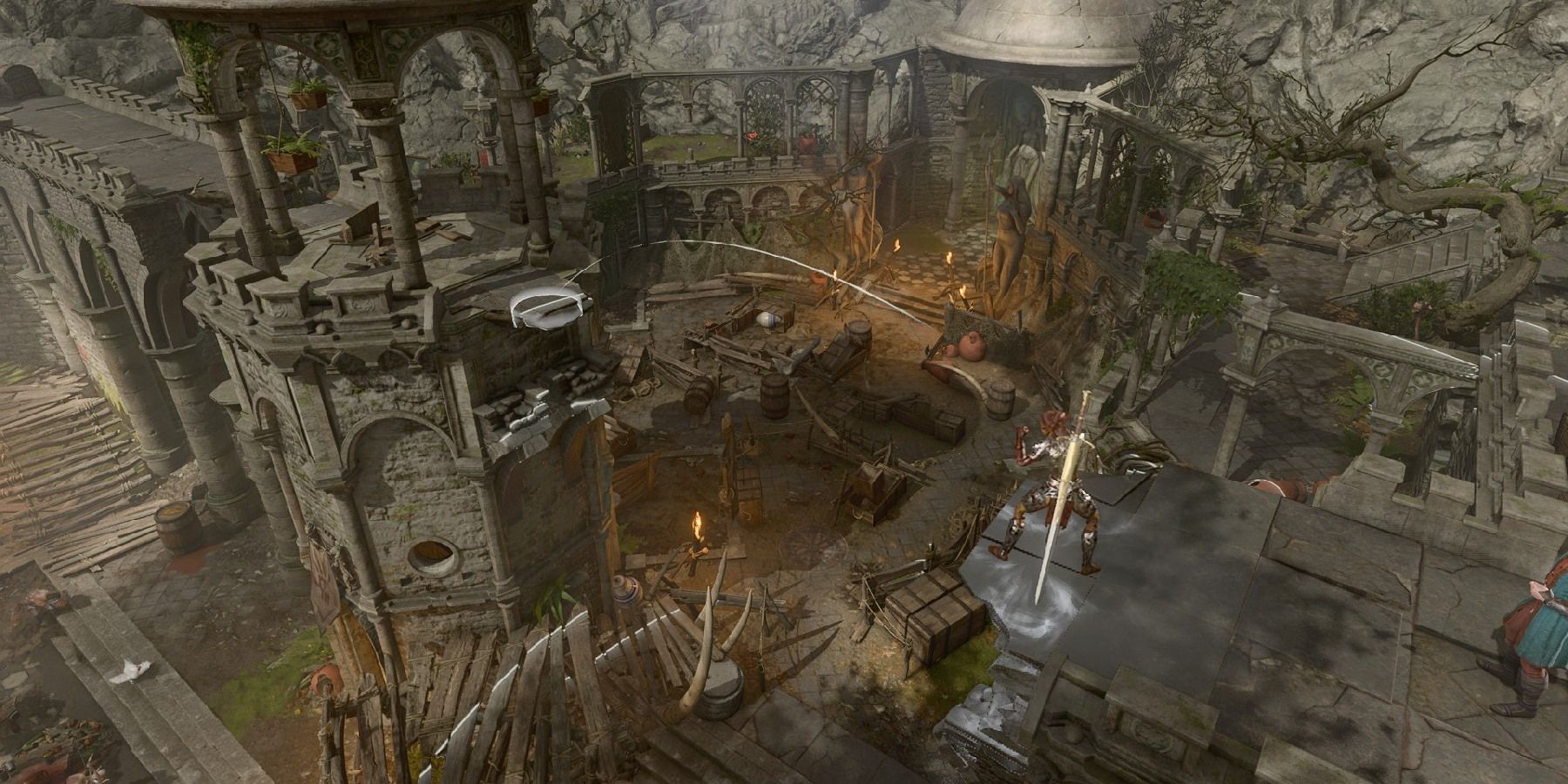
Baldur's Gate 3: How to Jump
The game features a surprising amount of platforming, and so jumping is an essential skill every player needs to learn.

